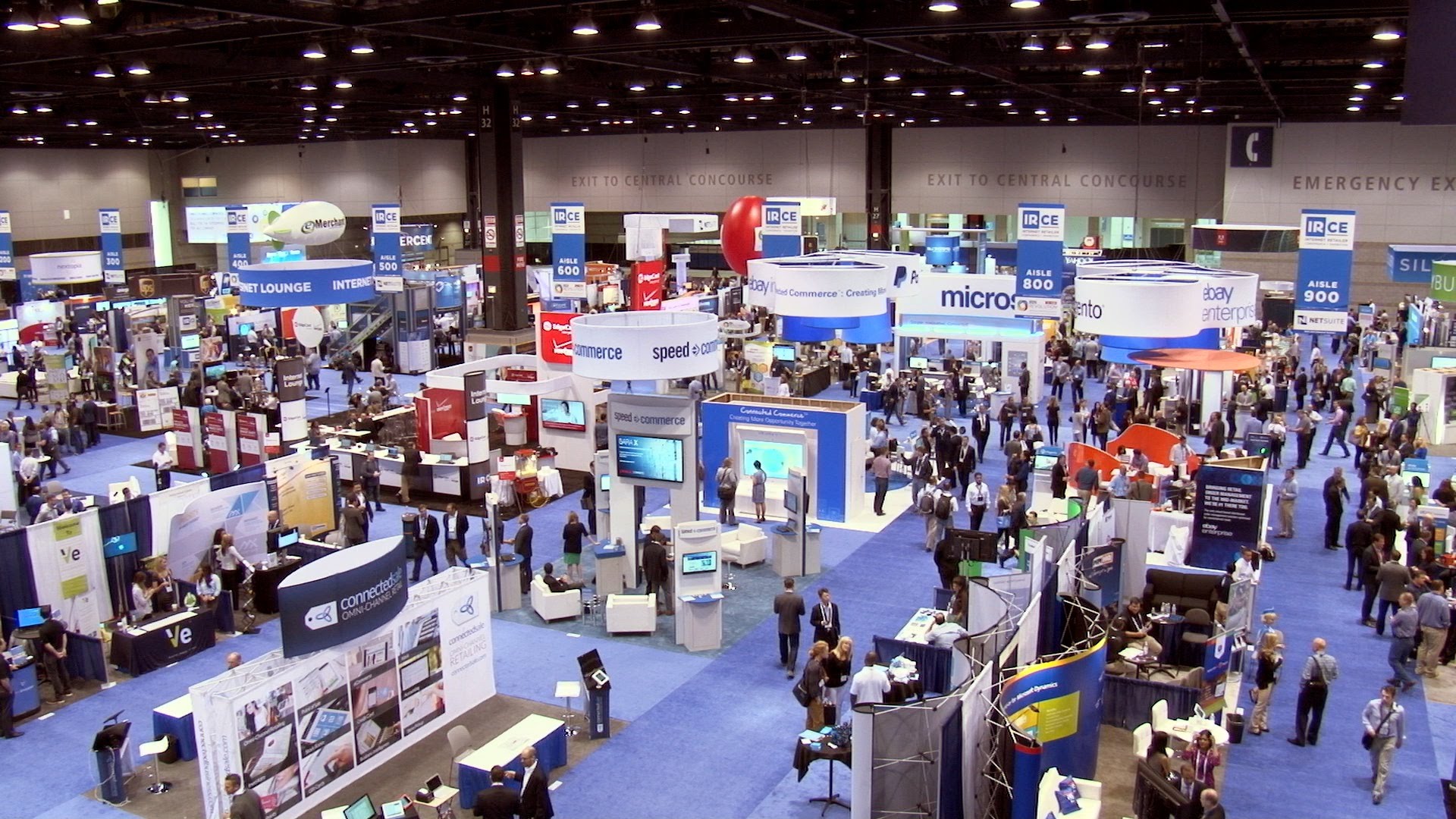Conferences are an essential part of professional growth, networking, and industry development. However, with so many events competing for attention, effective marketing is crucial to ensure your conference stands out. Whether you’re targeting in-person attendees, virtual participants, or a hybrid audience, implementing the right conference marketing strategies can significantly impact your event’s success.
In this comprehensive guide, we will explore four powerful conference marketing ideas to boost engagement, attract attendees, and enhance the overall experience.
4 Conference Marketing Ideas to Drive Engagement and Attendance
1. Leverage Content Marketing to Build Anticipation
Content marketing is one of the most effective ways to promote your conference. By providing valuable and informative content related to your event, you can generate buzz and position your conference as a must-attend experience.
How to Implement Content Marketing for Your Conference:
Create a Blog Series
Develop a series of blog posts leading up to the conference, covering topics such as:
- Industry trends and insights relevant to your event.
- Speaker spotlights featuring guest articles or interviews.
- Conference agenda breakdowns, highlighting key sessions.
- Case studies showcasing past attendee success stories.
Video Teasers and Behind-the-Scenes Content
Leverage video content to create excitement and give potential attendees a glimpse into the value of your conference. Ideas include:
- Speaker introductions sharing what they’ll be discussing.
- Behind-the-scenes footage of event preparation.
- Testimonials from past attendees on what they gained from attending.
Email Newsletters for Drip Campaigns
Segment your audience and send personalized emails leading up to the conference. Each email can highlight different aspects, such as:
- Early-bird ticket promotions.
- Featured sessions and workshops.
- Networking opportunities and special events.
Interactive Social Media Content
- Run polls, Q&A sessions, and live chats with speakers to engage your audience.
- Share user-generated content by encouraging past attendees to post about their experiences.
- Create event-specific hashtags to encourage discussions and buzz around the event.
2. Utilize Influencer and Speaker Advocacy
Your speakers, industry influencers, and attendees can be powerful advocates for your conference. Leveraging their networks and credibility can help amplify your event’s reach.
How to Engage Influencers and Speakers:
Encourage Speaker-Driven Promotion
Speakers are an excellent marketing asset. Encourage them to:
- Share personalized invites on social media.
- Write guest blog posts about their upcoming sessions.
- Participate in live Q&A sessions on Instagram, LinkedIn, or Twitter Spaces.
Leverage Industry Influencers
Identify influencers in your industry who can promote your conference to their audience. You can:
- Offer complimentary tickets in exchange for event promotion.
- Host influencer takeovers on your social media channels.
- Collaborate on co-branded content such as webinars, interviews, or podcasts.
User-Generated Content and Testimonials
Ask past attendees to share their experiences through:
- Video testimonials.
- Social media posts using the event hashtag.
- Blog articles reflecting on key takeaways from previous events.
3. Implement a Multi-Channel Advertising Strategy
To maximize reach and engagement, you need a well-rounded advertising approach that covers multiple channels, including digital ads, social media, and traditional marketing methods.
How to Implement a Multi-Channel Strategy:
Social Media Advertising
- Use Facebook, LinkedIn, and Instagram ads to target specific professional demographics.
- Retarget past attendees with personalized ads.
- Create lookalike audiences to reach new potential attendees who share similar interests with previous participants.
Google Ads and SEO Optimization
- Run Google Search and Display ads to capture high-intent searches.
- Optimize your conference website for SEO to increase organic traffic.
- Use targeted keywords related to your industry and event.
Partnerships and Co-Marketing Initiatives
Collaborate with industry organizations, sponsors, and media outlets to expand your event’s visibility. Some strategies include:
- Guest blogging or newsletter collaborations with industry partners.
- Featuring sponsors in social media posts or email campaigns.
- Partnering with professional associations to promote the conference to their members.
Leverage Traditional Media and PR
- Send press releases to industry publications.
- Secure interviews for keynote speakers with relevant media outlets.
- Advertise in trade magazines and industry-specific newsletters.
4. Enhance the Attendee Experience Through Engagement Tactics
Marketing doesn’t stop once a person registers for the event. To ensure high participation rates and positive word-of-mouth marketing, you need to engage attendees before, during, and after the event.
Pre-Event Engagement Strategies:
- Create an exclusive online community for attendees on LinkedIn or Slack.
- Host pre-conference webinars to introduce key topics and speakers.
- Offer contests or giveaways for early registrants.
During-Event Engagement Tactics:
- Use live polling and interactive Q&A sessions to make sessions more engaging.
- Implement gamification elements like leaderboards and scavenger hunts.
- Provide a mobile event app for easy networking and scheduling.
Post-Event Follow-Up and Community Building:
- Send personalized thank-you emails with session recordings and key takeaways.
- Encourage attendees to share their experiences on social media.
- Keep the conversation going by hosting post-event discussions or online meetups.
Final Thoughts
A successful conference marketing strategy requires a mix of content marketing, influencer engagement, multi-channel advertising, and attendee-focused engagement tactics. By implementing these four ideas effectively, you can boost attendance, enhance engagement, and create a memorable experience for all participants.
